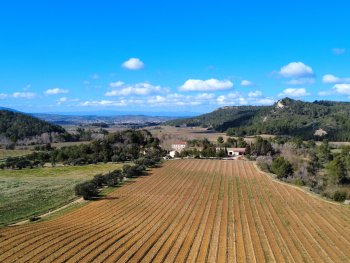Champagne sets a target of Net-O Carbon for 2050

n 8 December, during the AGM of the Champagne Viticultural Association – the technical branch of the Champagne marketing board – the board’s two co-chairmen, Maxime Toubart and David Chatillon, announced the launch of the ‘Net-O Carbon’ plan with the aim of achieving it by 2050.
Net Zero Carbon aims to make a company or industry carbon neutral by complying with the requirements defined by the IPCC in the 2015 Paris Agreement. The Champagne wine industry aims to reduce its emissions by 75% between 2003 and 2050. The remaining 25% will probably be offset by a Champagne Carbon Fund where the sector would buy carbon credits up to the amount of its remaining emissions for local projects. The fund could support initiatives pertaining to agriculture, energy, forests and wetlands.
To achieve these objectives, the Champagne wine marketing board is ramping up its efforts, including the Copernic project launched last year. Copernic stands for Competitiveness and Energy Performance of Vine and Wine Facilities in the Champagne industry. The working group brings together forty businesses – winegrowers, co-operatives and trading companies – whose objective is to reduce energy needs. The task is carried out in three stages: characterising the energy needs of the winery; opting for energy efficiency for the winemaking process and in the buildings; and lastly encouraging implementation of renewable energy.






